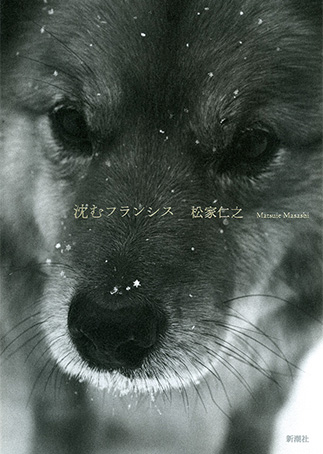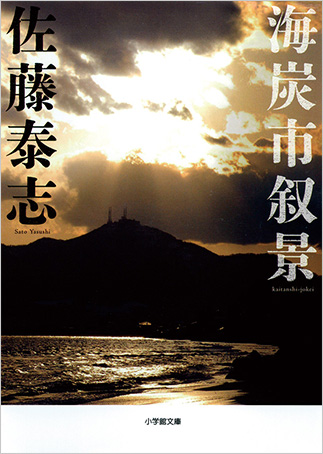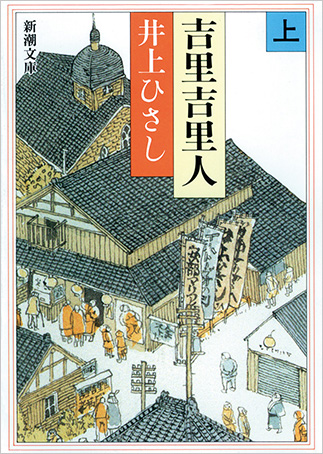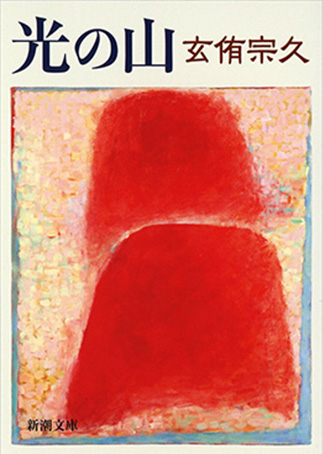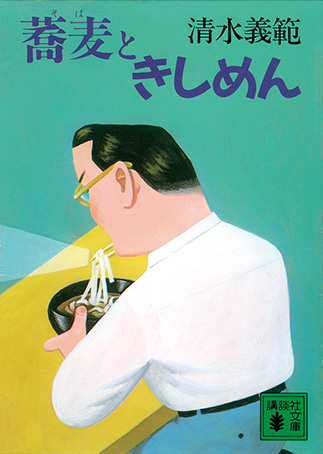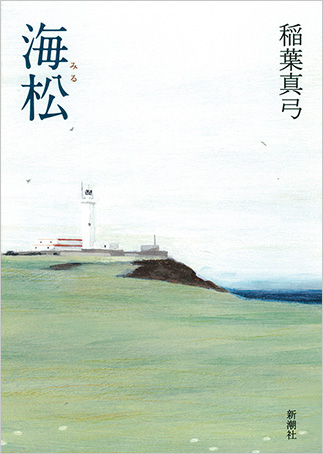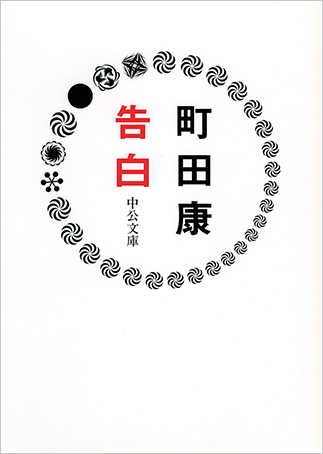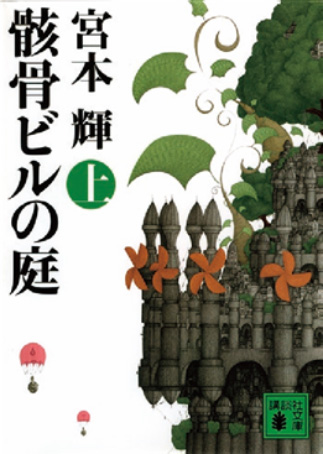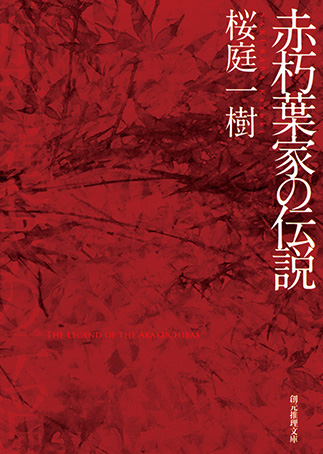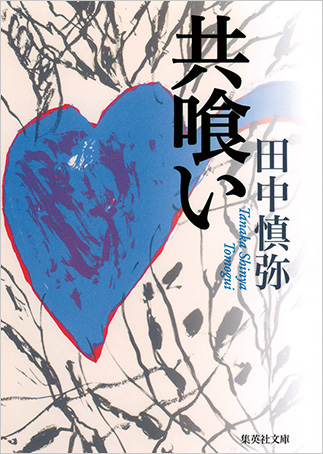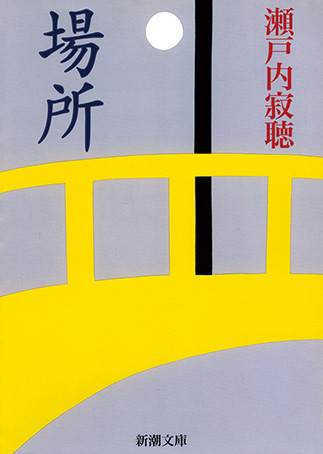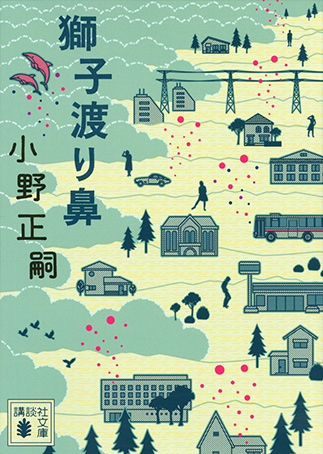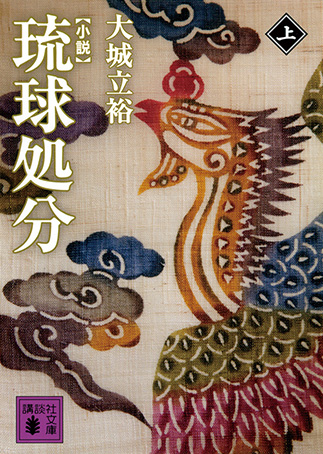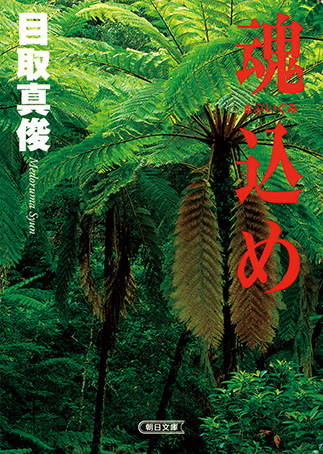In Japan, Tokyo is the “center,” and everything else is a “region.” Since the highspeed economic growth of the 1950s and 1960s, Tokyo has pulled everything from the regions toward itself like a giant magnet. The overconcentration is not limited to industry. Politics and culture are also consolidated around Tokyo. In this historical and social context, the regions in literature used to have a doubly symbolic meaning. While they brought to mind things like history and tradition or nature and a simpler way of life, they also were talked about in terms of conventions and stagnation; or a narrow-minded love for one’s hometown; or impoverished local communities. If regions are a metaphor for resistance to urbanization, breaking free from one’s native place implies an escape from provincialism.
When Japan entered the postindustrial age, population movements stabilized and urbanization progressed in regions as well. To varying degrees, the schema of center vs. periphery is being reproduced even on the regional level. The nostalgic myth of regions as utopian places to live has already been shattered. Remote regions and mountainous areas have gone past impoverishment and are now being depopulated, which makes it harder for them to become romanticized objects.
Today, works of literature set in regions do not necessarily suggest an ideal living space in opposition to Tokyo. On the contrary, they are often mentioned as settings for increasingly diverse ways of life. “Regional literature,” defined as works written only in regions and read only by local readers, no longer exists. When speaking about regional literature in certain areas, the main criterion is the author’s birthplace, but that kind of classification has almost no literary meaning.
We selected the works for this list with those kinds of cultural circumstances in mind. The works were chosen from a relatively wide period of time. The choice of works was based on their content, not where the authors are from. Some novels depict local lifestyles, while others take a certain region as their backdrop. One is a parody of regional studies; others express the charm of local dialects through literary refinement. One of the works covers local history, and still other titles on the list address the problems faced by Japan’s regions.
Among the 20 works chosen, 18 of them are novels. Most of them are from the past 10 years, but they include one first published in 1968 and three published during the 1980s. For the most part, they have not been translated into any foreign language. They are all works that stand the test of time, with highly original ideas and styles or ways of writing. In addition to novels, we also chose an excellent work of nonfiction and a book that examines regions from an ethnographic viewpoint. Of course, it is impossible to cover all the outstanding works in Japan in such a limited space. As a selector, I would be thrilled if this list can give overseas readers a taste of the many regions that have appeared in contemporary Japanese literature.
Chō Kyō (Zhang Jing), Professor, Meiji University
July 2013


